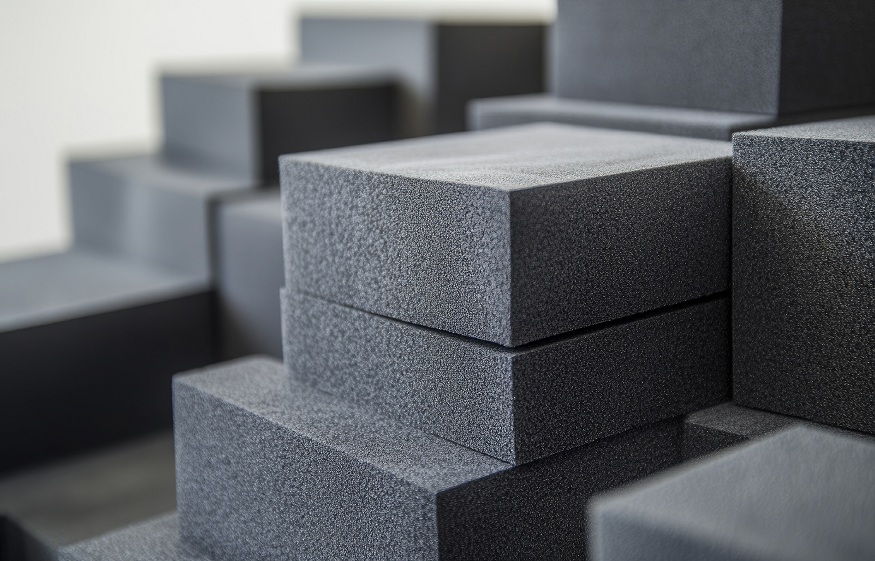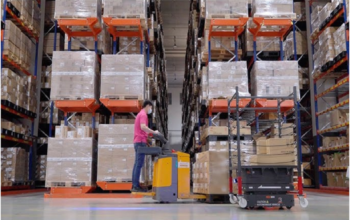Foam shows up everywhere, from packaging to furniture to insulation. But there are many types with varying properties and uses. Polyurethane foam, polyester foam, latex foam and expanded polystyrene foam (EPS) all play roles. Understanding foam variety helps match the right material to given applications. Factors like cost, durability, flexibility and sustainability should guide foam selections. With growing interest in recyclability and reduced waste, not all foam makes environmental sense anymore. Assessing options lets manufacturers pick wisely.
Cushioning Foam Protects Products
Packing fragile items for shipping means finding the most cushioning foam possible. Bills of lading show damage rates above 2% risk customer dissatisfaction and insurance claims. So packaging engineers test foam types and densities to meet protection needs cost effectively. Most use molded expanded polystyrene (EPS) foam cushions, pads, and sheets that encapsulate irregular products in soft support. The nested hollow structure absorbs serious shocks without squishing down over time. This makes recyclable EPS from a company like Epsilyte a smart choice.
Building Foam Insulates Efficiently
Insulation foam has a big impact on building energy efficiency, sound transmission and fire safety. Homes and structures that control air flow well require less heating and cooling energy. Densely packed wall cavities prevent temperature transfer better than fluffy fiber insulation that settles over time. Rigid foam boards around foundations and rooflines create unbroken barriers blocking heat gain or loss. Polyisocyanurate, polyurethane and extruded polystyrene (XPS) work well here.
Upholstery Foam Cradles Comfortably
Quality furniture and bedding relies on upholstery foam shaping for soft yet sturdy support. Mattresses balance cradling pressure relief and push back support all night. Sophisticated polymers create ultra viscoelastic foams perfect for memory foam mattresses. These respond to sleeper weight and temperature, contouring closely before bouncing back to full shape later. Seat and furniture cushions undergo constant compression without losing integrity or becoming lumpy. Flexible polyurethane foams offer cost-effective durability here, while natural latex foams provide eco-friendly alternatives.
Cushioning needs in vehicles and helmets also require special foams. Safety gear absorbs high sudden impact forces without causing secondary injuries. Custom molded padding conforms exactly while dispersing energy sideways instead of back to the body. Automotive seat foam likewise withstands years of compression and shearing from passengers adjusting positions. Passenger comfort and safety depend heavily on the foam choice ultimately made.
Art Foam Offers Creative Potential
For artists and display designers, the focus becomes foam shape versatility. Carvable polyurethane foam blocks get sculpted into abstract art pieces, props or themed decor items. Builders also use polyurethane foam for ornate decorative molding shapes that mimic fancy carved wood details at a fraction of the price.
Floral and event designers also use foam to create temporary installations scaled larger than life. Fun foam sheets get cut into vibrant oversized flower petals that draw attention. Assemble sprays mount on twisted wire stems for custom arrangements. Sculptural vases and replica cakes made from EPS foam then get a smooth skin coating. The lightweight foam structures attach to buildings or mount on simple frames. Being temporary, foam works well and offers unlimited potential for creative expressions.
Conclusion
It takes the right foam properties to meet protection, insulation, comfort and art needs properly. Packaging and safety gear rely on cushioning and impact resistance. Building insulation requires high R-values, density and fire protection. Upholstery depends on cushioning then recovery factors. And sculpture media needs carvability plus lightweight properties under finishes. With so many foam materials now available, manufacturers can find ideal matches to project goals. And increased interest in recyclable and sustainable options helps select eco-friendly EPS or recycled foams. The many roles foam plays across society will only increase as material innovations continue.




